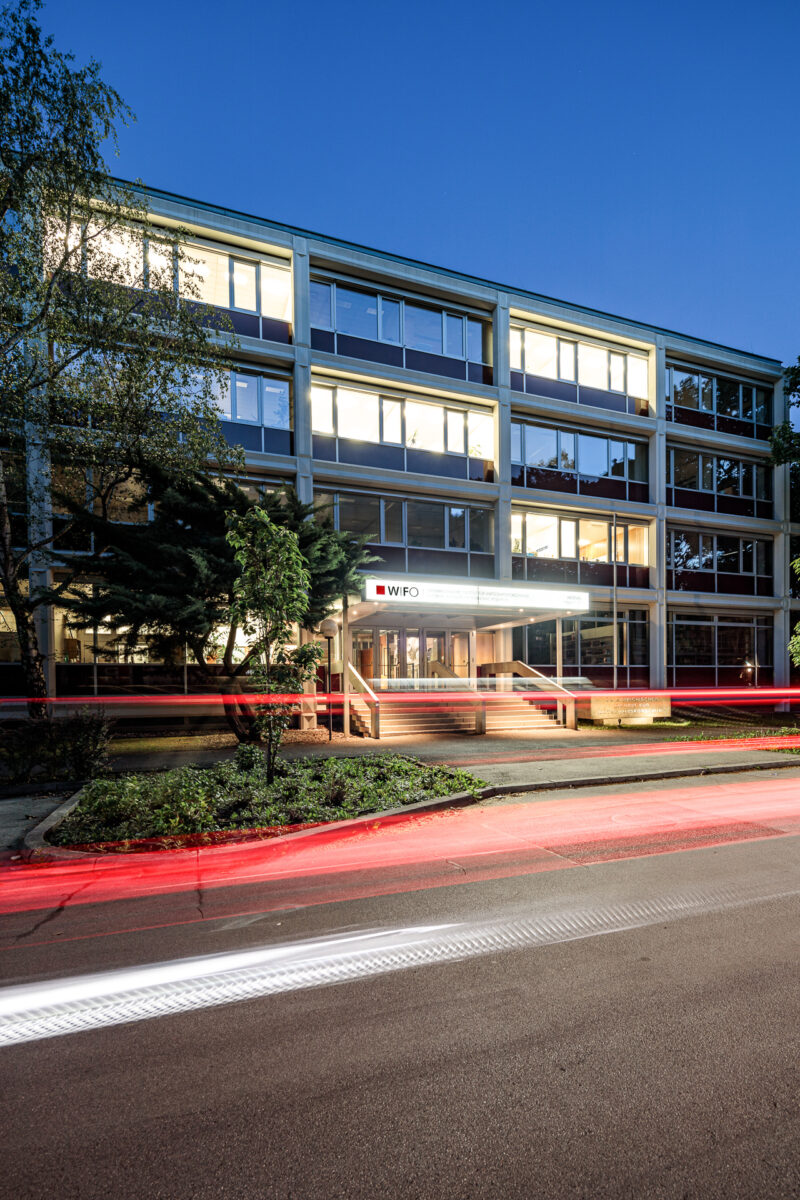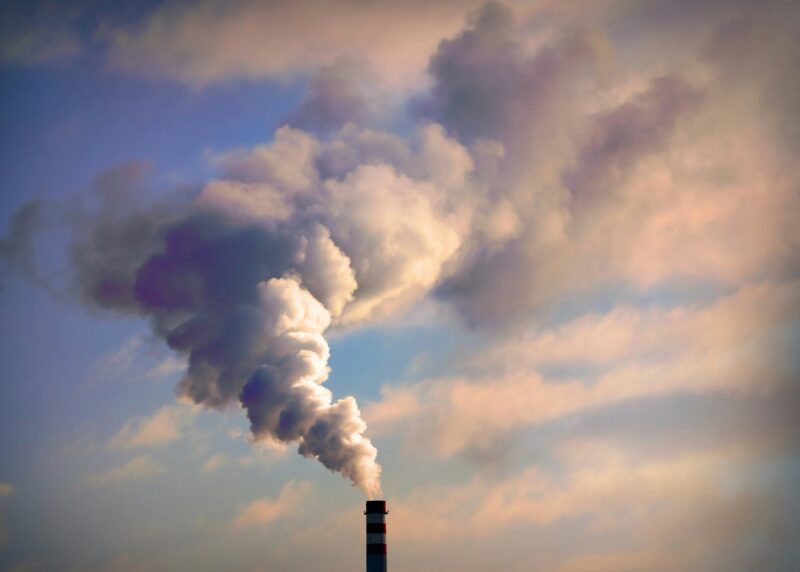
Slackening Global Economic Activity Dampens Growth Prospects for Austria
Economic growth in Austria has moderated from the last cyclical boom. Although domestic demand forces are still driving the economy forward, the underlying trend is currently subdued. Main reason is the slackening activity in manufacturing industry which is suffering from sluggish exports in the wake of the global business cycle downturn. Domestic private consumption maintains growth, supported by the solid increase in wages and employment.
In this kind of scenario, real GDP is set to gain 1.7 percent in 2019, hence 1 percentage point less than last year (+2.7 percent). The already high utilisation of productive capacity will not increase further, due i.a. to further investment being undertaken, preventing existing capacity constraints from further exacerbating. In 2020, projected GDP growth of 1.5 percent would be close to the longer-term trend.
Employment growth is set to ease with the slower pace of activity, and the fall in unemployment will grind to a halt, with the prospect of further reduction being vague: although new jobs will be created over the entire forecast period, this may not prevent unemployment from rising, as labour supply will continue to expand. Overall, the number of persons in active dependent employment is likely to increase by 1.6 percent in 2019 and by 1.0 percent in 2020. The jobless rate will edge down slightly to 7.4 percent in 2019 and remain broadly stable in 2020.
Since the last forecast revision, risks have further tilted to the downside and primarily derive from the external environment. Domestic risks, for their part, are on balance upward bound, given the continued support from employment and wages to private consumption. Nevertheless, in view of the downturn in manufacturing, Austria's economy remains highly vulnerable to external turbulence, with the risk of stronger spill-overs to the domestic sector. On the whole therefore, downward risks from the external side dominate the outlook for the growth of GDP.
Please contact























